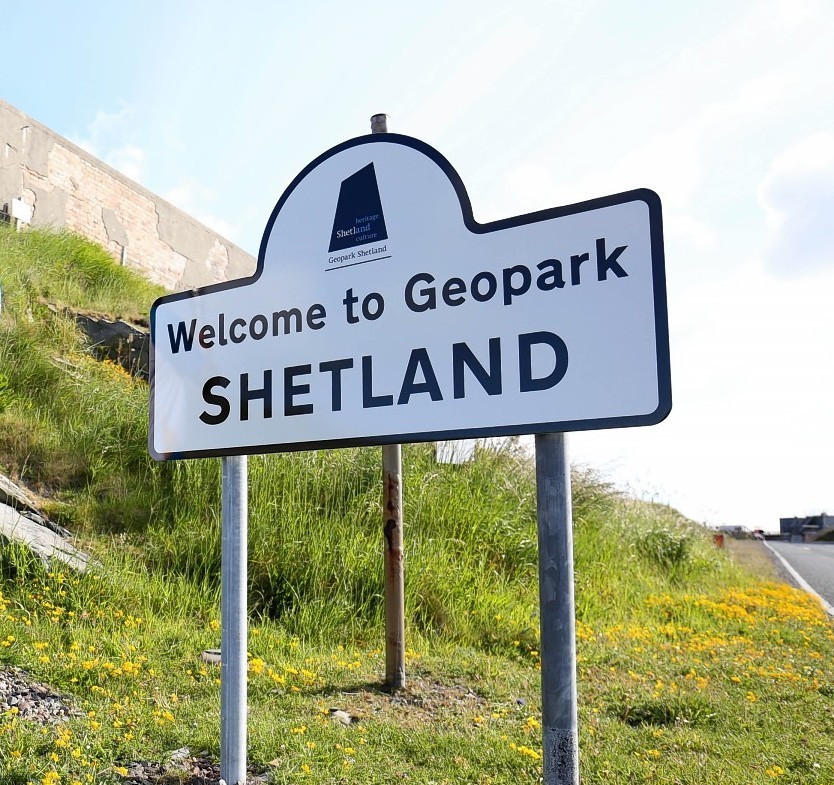Shetland’s population is predicted to rise by nearly a tenth over the next quarter of a century due to a huge increase in the number of older people.
Official figures from the National Records of Scotland (NRS) show the isles’ population, which was 23,167 at the 2011 census, is expected to rise to around 25,000 by 2037.
An upsurge of some 75% in the number of people aged 65 and over in the next two decades or so accounts for the forecast increase.
With major advances in medicine, the number of Shetland residents who are 80 or older will double.
The working age population – those between 16 and 65 – will slump from around 14,500 to less than 13,400, while the proportion of those aged 65+ will rise from 17% to 29%.
The increase, according to a report from outgoing SIC finance chief James Gray, is “a little below the expected percentage increase in the overall Scottish population” – though the difference is small enough that Shetland should continue attracting a similar proportion of government funding.
But Mr Gray warns the changing demographics are likely to necessitate a change in the council’s focus.
Since taking office in 2012, SIC members have made children’s services – primarily education – their number one priority and shifted a larger percentage of resources towards that area.
But official figures predicting a dip in the number of people under 16 living in Shetland, from 4,700 to around 4,550 by 2037, coupled with a big rise in the elderly population.
Mr Gray says it is important that “in the future greater use of demographic information should be used to inform the resource allocation decisions of the council”.
